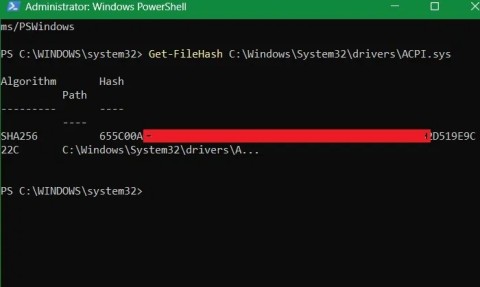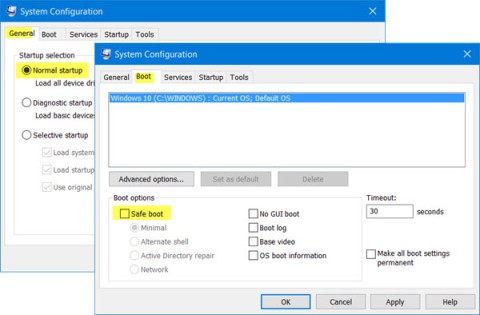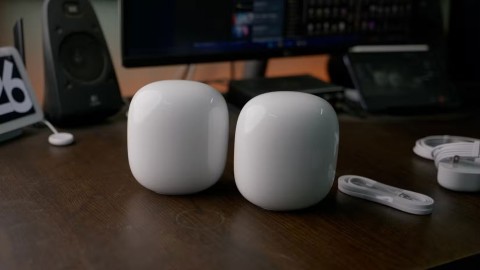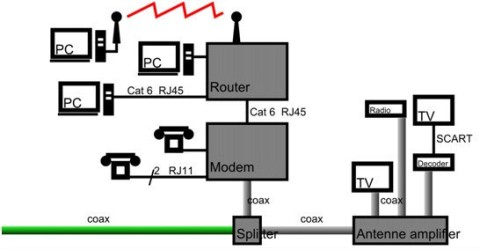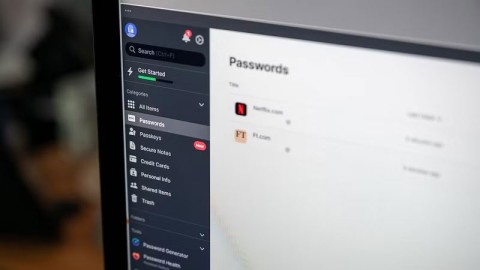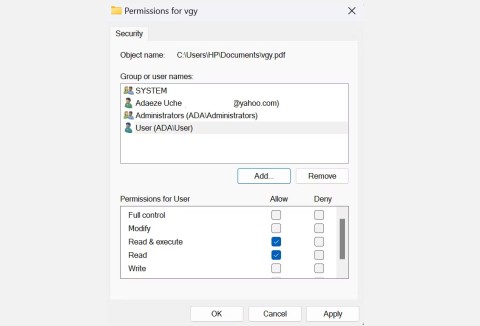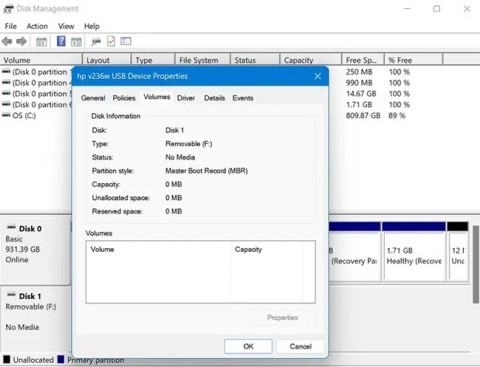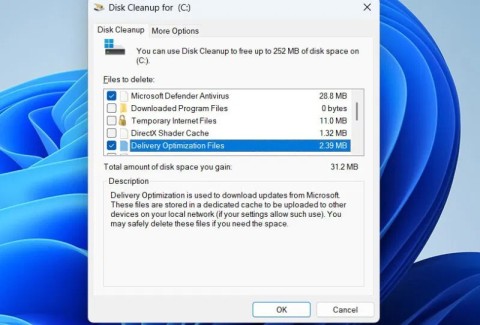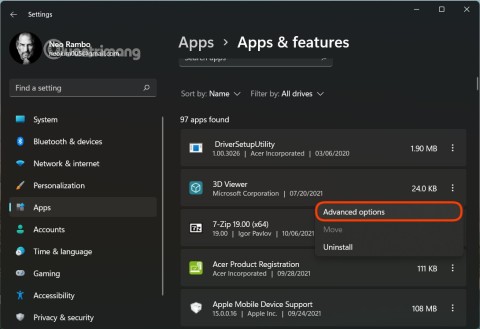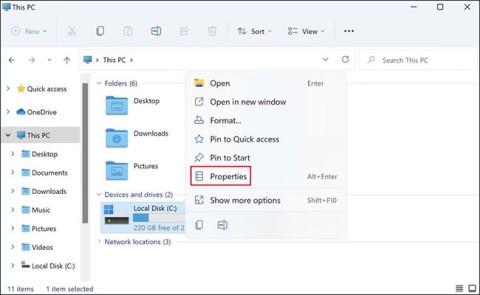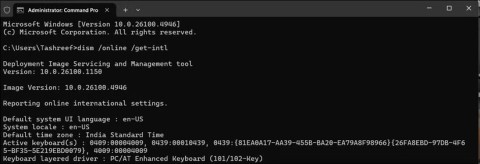The best photography apps on iOS and Android
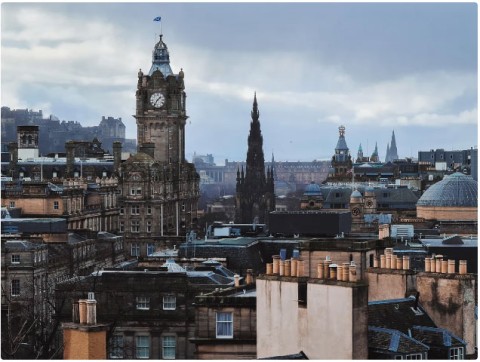
The default camera apps on your phone can do a lot, but they still don't have many advanced tools for creative photography. Here are the best phone camera apps.
VSCO is a powerful photo capture, editing and sharing application that is highly appreciated among users besides other editing tools such as Adobe Photoshop , Lightroom , PhotoWonder ... So why is it one of the most popular applications? Most used today?
Because VSCO offers simple but attractive editing options , enough for you to create impressive photos. The following is an article that teaches you how to edit and share photos on VSCO.
VSCO is an application used by many people, including photographers to edit photos not only because it has a friendly interface, but also provides tools to create great photos.
There are two different photo editing modes on VSCO: one is applying filters to the picture, the other is manual adjustment tools.

Filters (called Presets on VSCO) are used to apply specific colors and adjust exposure for your photos with just a few touches. VSCO filters are of the same quality as the film that creates a luxurious and timeless look for your photos.
In other editing applications, existing filters are often quite difficult to use and can easily ruin the image but VSCO's filters are more subtle. They help enhance the natural beauty of your photos, instead of drastically changing the colors and tones.
In many cases, you may want to use manual adjustment tools to refine images in many ways, including exposure, color, sharpening, cropping and perspective. The combination of filters and manual adjustment tools will provide an incredible editing result.
Below is a summary of VSCO's editing features:
VSCO's Preset customizations are one-touch filters, but you can also adjust them flexibly to apply just enough on your photos.

Touch the filter you want to use, a slider will appear allowing you to adjust the intensity of the filter. The VSCO app comes with a pack of free filters. You can buy more through the Shop section on the main menu and there are some free filters available for you to download.
Like built-in filters, VSCO has a comprehensive set of adjustment tools to fine-tune your edits. Because VSCO has a very simple and minimal interface, there are no subtitles for these editing tools - they are simply depicted by icons at the bottom of the screen.

If you are unsure about the function of the icons, you can simply touch each icon to know their names along with the editing options of each tool. Below the description there will be an illustration picture.

To adjust the brightness of the image, you just need to slide the slider to the left to make the image darker and push to the right to make it brighter.

Contrast allows you to adjust the contrast between light and dark areas of an image. Increasing the contrast makes dark details darker and bright details brighter. Reducing the contrast creates a softer image, with less contrast of highlights and shadows.

Lets you straighten horizontal lines in photos with sliders. This tool is ideal for straightening the horizon in landscape photos. The square icon to the right of the slider allows you to rotate the image 90 degrees per touch.

Tilt your image to correct problems with horizontal perspective and perspective. Drag the slider to the left to drag out the left side of the image or drag to the right to stretch the right side of the image.

Tilt your image to correct problems with vertical perspective and perspective. Drag the slider to the right to stretch the top edge of the image or drag it to the left to stretch the bottom edge of the image.

Crop allows you to trim the edges of the image using aspect ratios such as 3: 2, 4: 3, 1: 1 ... Drag the corners to adjust the crop area and those corners will move based on the ratio. cutting ratio selected.

Enhance details in photos by increasing the contrast. Drag the slider to the right to make your image stand out.

Sharpen makes details in photos become sharper and more prominent. Push the slider slowly and carefully to adjust the sharpness. However, applying too much sharpness can reduce image quality and make images appear lighter.

You can adjust the saturation to make the colors in your photos more vibrant and vivid or lighter and deeper.

Darkening bright details will bring out more details and colors in bright areas of a photo. This can be very useful when you are taking photos in bright light.

Lightening dark details helps to bring out dark areas in an image. Be careful when using this option because overuse will make your photo "flat", with no depth.

Temperature allows you to warm up the temperature in your photos by adding yellow / orange tones, or reducing colors by adding cool tones.

You can dye blue or purple on your photos by moving the slider left or right. This can be useful for correcting strange colored backgrounds caused by certain artificial light sources or simply creating effects to add dye to an image.

This tool is great for fine-tuning skin tones in portrait photos. When skin tone is increased, your skin will become white pink and vice versa, when reduced will make the skin become pale yellow.

This feature helps to fade the edges of the image. When you want to emphasize the center of the image, you only need to increase the Vignette a little.

This feature allows you to add grain and imperfections to your photos like old photos. Although Grain is often not a desirable feature because it "disturbs" the image, it sometimes helps to create a certain atmosphere and makes your photo look like the image on a camcorder.

When you increase the Fade , your image will become pale as if having a thin film covered with a classic feel.

Shadow tints provide six basic colors from hot to cold for you to add to the dark areas in the image. Choose a color you like, then touch it again to adjust the intensity of the color using the slider.

Highlight tints also offer six colors from hot to cold but lighter than Shadow tints so you can add colors to the highlights in the image. Touch the selected color again to adjust the color intensity.
The VSCO app has a great photo sharing platform that allows you to showcase the best photos as well as discover the talents and works of other photographers.
To share photos on VSCO Grid, you need to register for a VSCO account by touching Sign In in the main menu of the application. Then follow the instructions that appear on the screen to register and create your profile. After successful registration, your name will appear at the top of the menu interface with your profile picture if you add it.


To add photos to VSCO Grid, make sure you have viewed all profile pages, then touch the plus sign in the upper left corner and select Grid. This way, you can upload any image to the grid.
To view photos shared by other Grid users, access the main menu by swiping from left to right of the screen and selecting Explore.
There is no doubt that VSCO is one of the best photo editing applications on the market. So, when you feel limited by the features in your phone's default camera app, you can add creativity to your photos with VSCO.
The default camera apps on your phone can do a lot, but they still don't have many advanced tools for creative photography. Here are the best phone camera apps.
While Apple's Photos app is useful for basic tasks like cropping photos, it doesn't offer many advanced editing features. And that's where a third-party photo editor comes in handy.
The free VSCO app (formerly known as VSCO Cam) is an all-in-one app that includes powerful camera, photo editing and sharing. It is easy to use and provides high quality results. In addition to editing and sharing photos, this application also allows you
Currently, there are many photo editing applications launched to meet the craze for selfie. The more applications that are available, the more difficult it is for users to choose, each application will have its own advantages and advantages, which are difficult to choose.
Error code 0xc0000098 in Windows causes a blue screen error on startup. The ACPI.sys driver is often to blame, especially on unsupported versions of Windows 11 like 23H2 or 22H2 or Windows 10.
In some cases, sometimes you start your computer in Safe Mode and the computer freezes. So how to fix the error in this case, please refer to the article below of WebTech360.
Snipping Tool is a powerful photo and video capture tool on Windows. However, this tool sometimes has some errors, such as constantly displaying on the screen.
Every network has a router to access the Internet, but not everyone knows how to make the router work better. In this article, we will introduce some router tips to help speed up the wireless connection in the network.
If the results seem slower than expected, don't be too quick to blame your ISP - mistakes when performing the test can skew your numbers.
In the article below, we will introduce and guide you to learn about the concept of QoS - Quality of Service on router devices.
Windows has a built-in Credential Manager, but it's not what you think it is—and certainly not a replacement for a password manager.
Microsoft charges for its official codecs and doesn't include them in Windows 10. However, you can get them for free without pulling out your credit card and spending $0.99.
While having trouble accessing files and folders can be frustrating, don't panic—with a few simple tweaks, you can regain access to your system.
After creating a USB boot to install Windows, users should check the USB boot's performance to see if it was created successfully or not.
Although Windows Storage Sense efficiently deletes temporary files, some types of data are permanent and continue to accumulate.
You can turn off Windows 11 background apps to optimize performance, save battery and reduce RAM consumption.
When a computer, mobile device, or printer tries to connect to a Microsoft Windows computer over a network, for example, the error message network path was not found — Error 0x80070035 may appear.
We can block Internet access for any application or software on the computer, while other programs can still access the network. The following article will guide readers on how to disable Internet access for software and applications on Windows.
Instead of paying $30 for a year of security updates, keep Windows 10 safe until 2030 with this simple solution.



